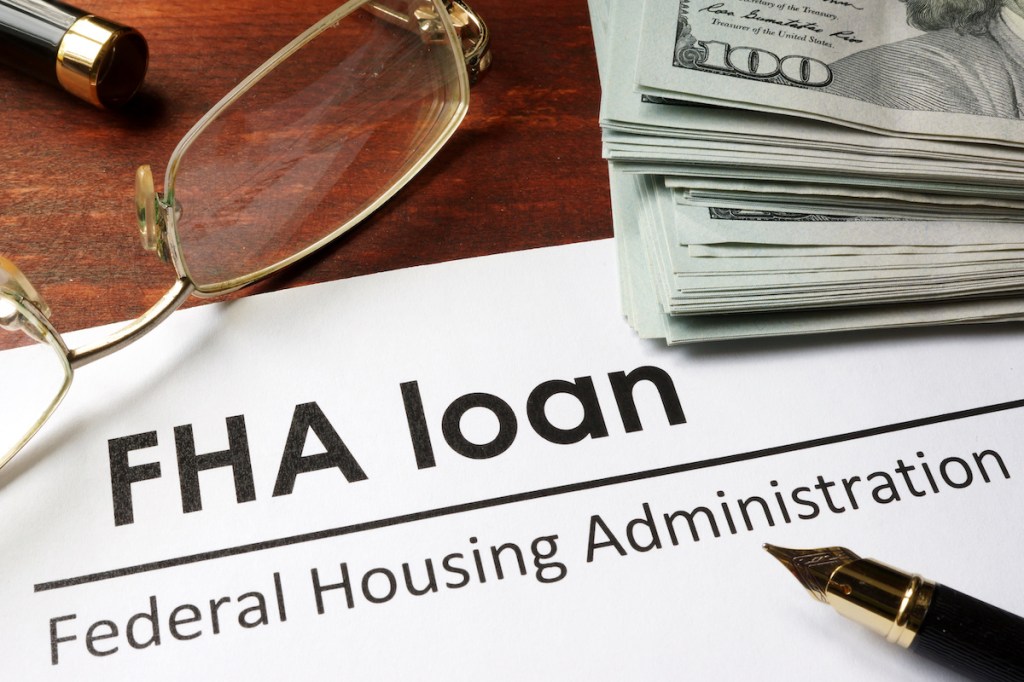As was alluded to in June, the FHA late last week published a fully revised version of their “waterfall” loss mitigation options for borrowers coming to the end of their forbearance period.
In order to streamline the process, the administration is scrapping their old waterfall framework and is instead providing two options for servicers processing borrowers coming out of forbearance: a COVID-19 recovery standalone partial claim for borrower who can resume making payments on their mortgage, and a COVID-19 recovery modification option for borrowers who can’t.
According to the administration, these steps have been taken in order “to support a sustained and equitable recovery as well as to protect the Mutual Mortgage Insurance Fund (MMIF).”
The recovery standalone partial claim, offered to borrowers who can resume making their payments, replaces the previous standalone partial claim and will help borrowers “quickly resolve the outstanding delinquency and arrearages through a zero-interest subordinate lien,” the FHA said in a mortgagee letter. (The subordinate lien will have to be repaid when the mortgage terminates, which usually happens when the homeowner refinances or sells their home.)
The administration noted that the partial claim is limited to 25% of the borrower’s unpaid principal balance as of the date of default.
How proactive communication can reduce the risk of foreclosure
As borrowers impacted by COVID-19 continue to exit mortgage forbearance, now is the time for lenders and servicers to be proactive in their borrower outreach to reduce foreclosure volume.
Presented by: Computershare Loan Services
Meanwhile, the COVID-19 recovery modification option will extend the terms of a mortgage to 360 months at a fixed rate, while attempting to decrease a borrower’s monthly principal and interest by 25%. This option must include a partial claim, if available, noted the FHA.
For calculating a borrowers new P&I payment, the administration is advising servicers to use the most recent Freddie Mac Weekly Primary Mortgage Market Survey (PMMS) interest rate, rounded to the nearest one-eight of 1%.
The Department of Housing and Urban Development’s Secretary Marcia Fudge believes that “these options for FHA borrowers will ensure equitable relief and recovery”
“As Americans get back to work and our economy continues to recover, we are taking targeted steps to make sure homeowners impacted financially by COVID-19 have the support they need to remain in their homes,” Fudge said.
Additionally, the mortgagee letter said that servicers must review homeowners for the new COVID-19 recovery options in circumstances where an existing retention option was not completed, where the homeowner was previously ineligible for a home retention option, or if the homeowner has re-defaulted after a COVID-19 home retention option.
These changes follow a previously introduced “pre-waterfall” option for borrowers called the COVID-19 Advance Loan Modification (COVID-19 ALM). Servicers must review all borrowers for this option.
COVID-19 ALM was introduced earlier in July by the administration for eligible delinquent borrowers who can achieve a 25% reduction to their P&I through a 30-year rate and term loan modification.
The new loss mitigation options can be offered to borrowers immediately, but servicers will be required to use the new waterfall within 90 days, the administration added.






